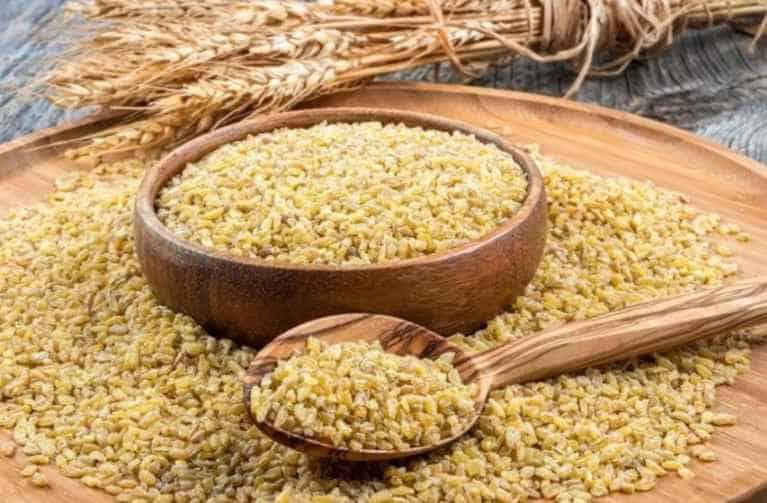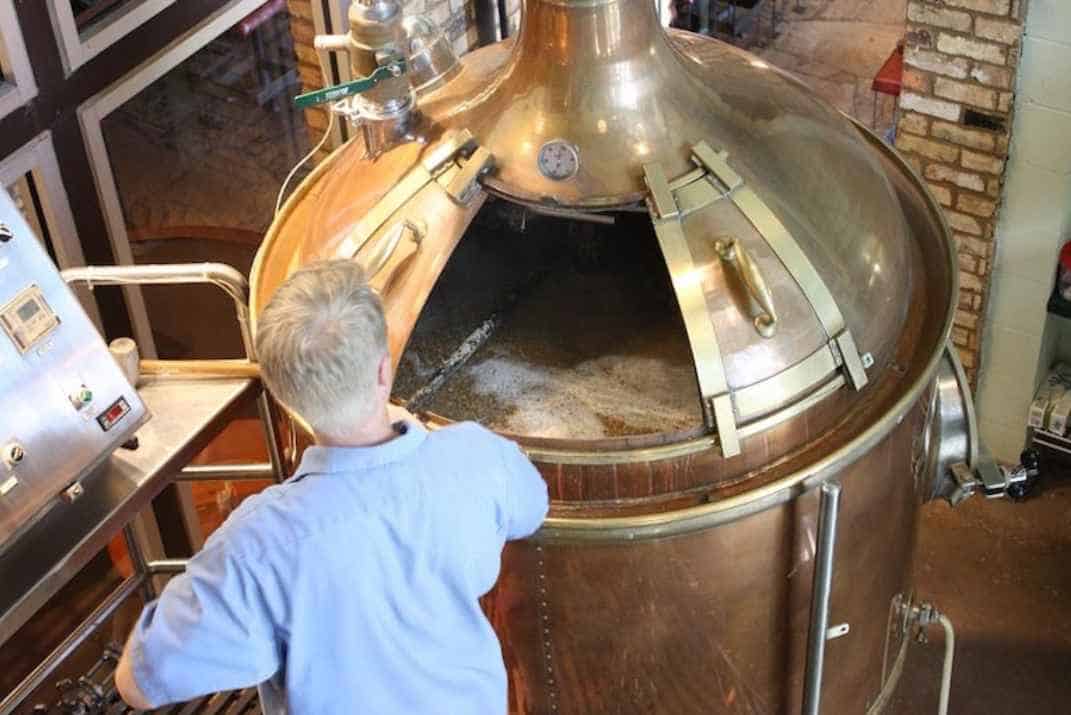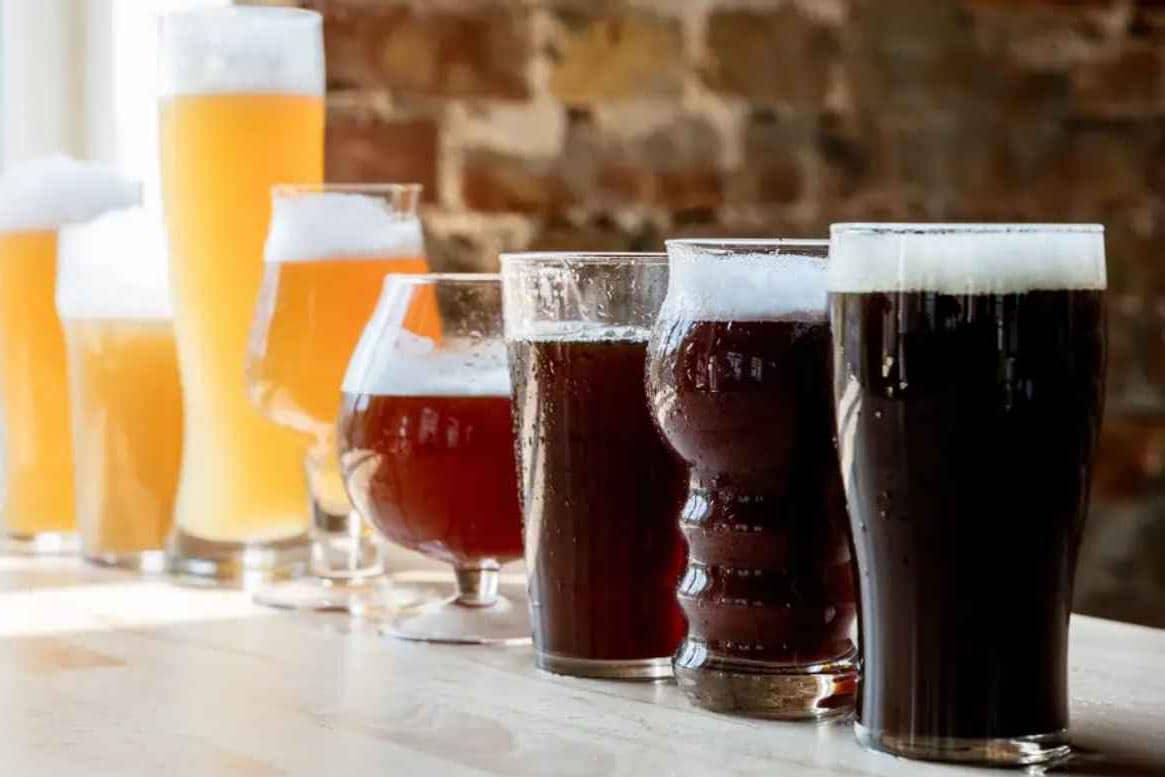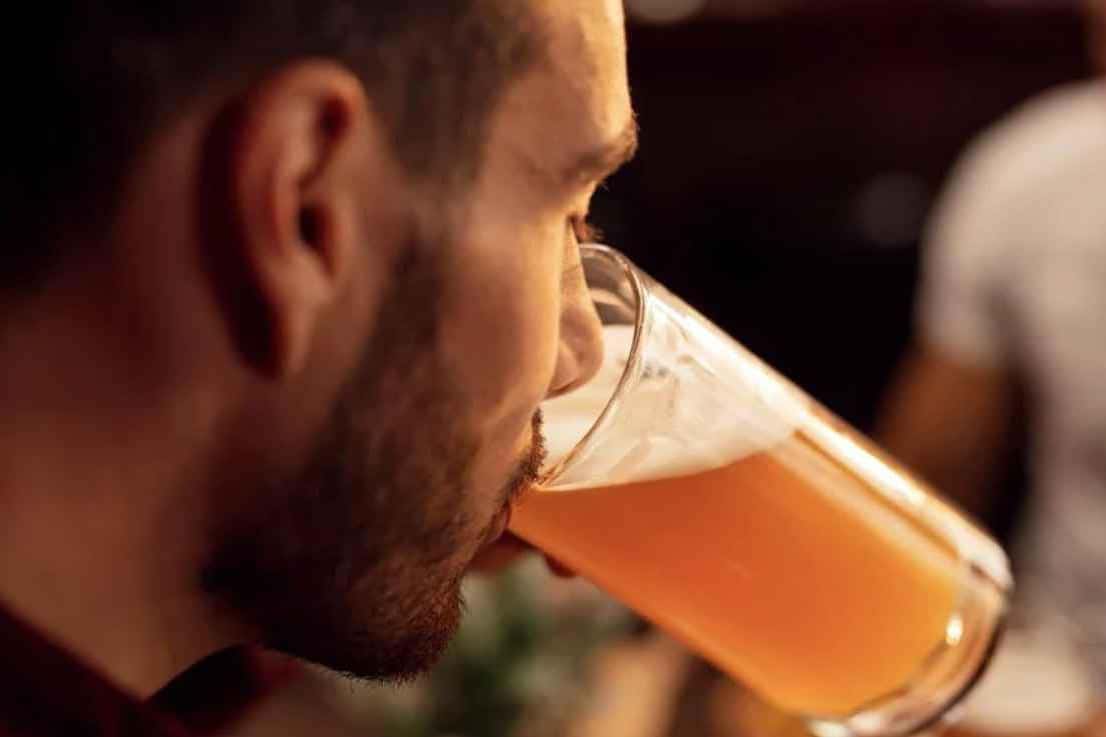Beer is one drink that everyone likes. You can enjoy it with friends, family, or even yourself while watching your favorite TV show on a quiet night.
They are refreshing to drink and low in alcohol content, allowing one to consume as much as desired. But have you ever wondered what ingredients makeup beer? How are they made to have such a perfectly refreshing flavor? Here’s a quick guide to understanding the main ingredients of beer.
4 Basic ingredients of beer beer
Water, yeasts, grains or malts, and hops are the four essential ingredients in beer. There are various types of beers, all of which contain these four ingredients.
Some people experiment by adding a few flavors to create a new taste, but the base ingredients remain the same. We will talk about the details in the following paragraphs.
Water
Approximately 90% of beer’s ingredients consist of water. It is not just any water that flows from the faucet. The water’s mineral content is checked to see if it has the right minerals for the desired flavor and taste.
Most beer makers use filtered water. Before utilizing the water, brewers use technology to adjust the brewing water and determine the hardness and softness of these minerals.
A beer brewed with soft, low-mineral water will be smooth and pure. Brewing with hard, high-mineral-content water results in a more bitter end product.
Grains
The grains or malt are the sources of starch in beer. Although beer is 90% water, the grain is the most important ingredient because it determines a significant portion of the beer’s color, aroma, flavor, and head.
Typical grains like barley, wheat, rice, corn, oats, and rye are used to make beer. Before these grains can be used to produce beer, they are malted. The malting process metabolizes the grains’ sugars, which feed the yeast during fermentation. The most common grain used in beer is malted barley.
Yeasts
Yeast is the secret component that unites all the ingredients and turns them into beer. The yeast is what gives the beer its style and personality. After the grains are malted, the sugars in the grains are turned into alcohol and carbon dioxide through fermentation.
Most brewers utilized grown yeasts or yeasts with identical cells to facilitate fermentation. There are two major forms of brewing yeast, ale yeast, and lager yeast. These two types generate distinct types of beers.
Hops
Hops are the most costly element of beer. Hops are responsible for the beer’s bitter flavor, which complements the sweetness of the malt. It is also responsible for the aroma of the beer. In addition, hops offer antimicrobial properties that serve as the beer’s preservative.
The hops’ alpha acid content undergoes chemical modifications during the boiling process, allowing it to provide bitterness to the beer. The shorter the hops are cooked, the less bitter the beer will be. Bitterhops, Aromahops, and Double Target hops are the three types.
Five steps to brewing beer
The brewing process takes a long time, requires a lot of work, and combines science and art. To make this a popular drink, you must follow a set of rules. Here are the five steps of how beer is made.
1. Sanitizing
To minimize spoiling and sour flavors in the beer, thoroughly clean and sterilize your workspace before you start brewing. Beer is susceptible to contamination by bacteria in the air or on utensils in the kitchen. A brewer’s worst nightmare is a batch of beer damaged by unnecessary contamination.
2. Mashing
Mashing is the process by which enzymes in the grain convert complicated starches into sugars and, later on, into alcohol. In the mashing stage, grains and water are combined in the mash tun to create wort.
The wort is a sugar-rich liquid derived from malted barley and other cereals. The malt’s starches are transformed into sugars by enzymes found in the malt.
3. Separation
The mash tun has a false bottom that lets the brewer separate the solid pieces of malt from the liquid wort. The brewer can let gravity do the work or use a pump to separate the wort from the malt.
After that, the wort is put into the boiler. The false bottom of the mash tun allows the brewer to separate the liquid wort from the solid malt particles. The brewer can utilize gravity or a pump to separate the wort from the malt.
The wort is then transferred to the boiler. During the wort collection, the brewer will rinse the malt with hot water to ensure that all sugars have been extracted and added to the boiler.
4. Wort Boiling
After collecting all of the wort from the malt, the boiling procedure begins. The boiling process accomplishes several objectives for the brewer. First, it assures that only the yeast selected by the brewer will work in the fermenter by sterilizing the wort.
Hops are the third component that the brewer will add to the kettle. Hops are antimicrobial, but their primary function is to provide bitterness, flavor, and scent to beer.
Boiling also precipitates proteins from the wort, allowing the brewer to produce clear wort for the yeast and clear beer for the consumer.
5. Fermentation
During fermentation, the sugar from the worts will be converted into alcohol and carbon dioxide. After the boil and when the wort has cooled, yeast is added to turn the mixture into alcohol. You will have a beer after two weeks.
Two Main Types of beer
There are two types of beer: ales and lagers. The difference between these two varieties occurs during fermentation when they use different yeasts with different temperature levels.
Ales
Ales are beers brewed using yeasts that ferment carbohydrates into alcohol and carbon dioxide at temperatures close to room temperature. As the yeast floats on the surface during fermentation, ales are frequently referred to as top-fermented beers.
- Pale Ales
- India Pale Ales
- Cream Ales
- Dark Ales
- Brown Ales
- Belgian Style Ale
- Sour Ales
Lagers
Lagers are beers that use yeast that settles to the bottom of the fermentation vessel when temperatures are lowered. Lagers are sometimes known as bottom-fermented beers because the yeasts sit at the bottom of the liquid while they operate.
- Pale Lager
- Pilsner
- Amber and red lager
- Dark Lager
Benefits of drinking beer
Several studies show that drinking light to moderate amounts of beer and alcohol may be linked to a lower chance of getting heart disease. Minerals like calcium, iron, and potassium, all found in beer, are very important for your body.
Because it has less alcohol than wine, beer is great for drinking in moderation. Beer has few calories, few carbohydrates, little cholesterol, and no fats.
Beer not only doesn’t have any cholesterol but can also help your body’s cholesterol. If you drink beer often and in moderation, it will help your cholesterol levels.
Is it okay to drink beer every day?
Beer with alcohol is probably safe for most adults to drink in moderation. But drinking more than this could be risky. Even though drinking beer daily may help you relax, it can also lead to weight gain, trouble sleeping, and stomach problems.
Conclusion
There are many different kinds of beer, but they all start with water, grains, yeast, and hops. For a beer to taste the way it should, it has to go through a process that has to be done right.
Brewers tried new things and added more ingredients to make their beer taste different and make their brand stand out. Beer is healthy to drink in moderation, just like other alcoholic drinks.

As a homebrewer, Michael would get frustrated about the lack of brewing information on the internet. After hundreds of gallons of spoilt batches, Micheal had enough. And he founded Unknown Brewing as a resource for homebrewers.








